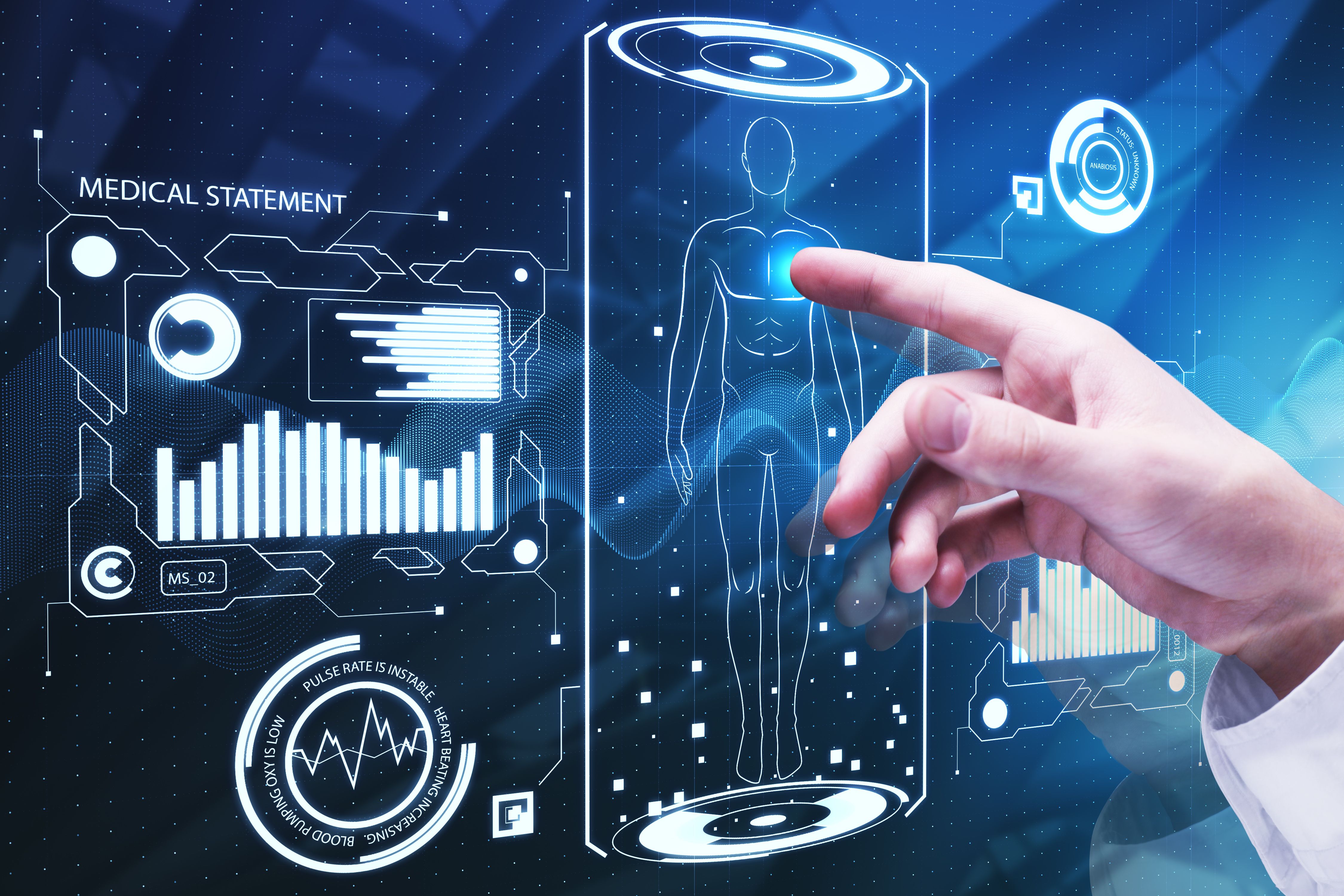In recent years, we have witnessed a digital revolution in almost every aspect of our lives – from the way we communicate to the way we shop. The healthcare industry is no exception to this wave of technological advancements. With the advent of telemedicine, patients can now receive medical care from the comfort of their own homes, eliminating the need for in-person visits and long wait times. This has been especially beneficial for those in remote or underserved areas, as it allows them to access quality healthcare without the need for travel.
Telemedicine involves the use of telecommunications technology, such as video conferencing and mobile apps, to provide remote clinical services. Patients can consult with healthcare providers, receive diagnoses, and even have prescriptions filled, all through virtual appointments. This not only saves time and money for both patients and healthcare providers, but also helps to alleviate the strain on overloaded healthcare systems, particularly during times of crisis.
However, the digital revolution in healthcare goes far beyond telemedicine. The increased use of electronic health records (EHRs) has streamlined the way patient information is stored and accessed. This has not only improved patient care by ensuring that healthcare providers have access to accurate and up-to-date information, but also allows for better coordination and continuity of care across different healthcare settings. Additionally, the widespread use of wearable devices and health monitoring apps has enabled individuals to track their own health data, giving them greater control over their well-being and allowing for more proactive and preventive healthcare.
Telemedicine: Changing the Way We Access Healthcare
The rise of telemedicine has revolutionized the way we access healthcare. Gone are the days when we had to wait for hours in a crowded waiting room, only to spend a few minutes with a healthcare professional. With telemedicine, we can now connect with doctors and specialists from the comfort of our own homes.
Telemedicine utilizes technology such as video conferencing, phone calls, and mobile apps to provide medical consultations and remote healthcare services. This means that patients no longer have to travel long distances or deal with traffic to see a healthcare provider. It’s as simple as opening an app or visiting a website to schedule a virtual appointment.
- Convenience: One of the biggest advantages of telemedicine is the convenience it offers. Patients can now receive medical advice and treatment without leaving their homes. This is particularly beneficial for individuals with mobility issues, those who live in remote areas, or those with busy schedules.
- Accessibility: Telemedicine has also significantly improved healthcare accessibility. People who live in rural or underserved areas can now easily connect with doctors and specialists without traveling long distances. This ensures that everyone has access to the care they need, regardless of their geographical location.
- Cost-Effective: Telemedicine can also be more cost-effective for both patients and the healthcare system. By eliminating the need for travel and reducing administrative costs, telemedicine can help lower healthcare expenses. It also reduces the strain on hospitals and clinics, allowing them to focus their resources on critical cases.
The Future of Digital Healthcare: Advancements and Innovations
As technology continues to advance at a rapid pace, the future of digital healthcare holds immense potential for further advancements and innovations. With the increased adoption of telemedicine and remote patient monitoring, we are already witnessing a transformation in the way healthcare is delivered. However, this is just the beginning, and there are several exciting developments on the horizon that promise to revolutionize the healthcare industry even further.
Artificial Intelligence (AI) and Machine Learning (ML)
AI and ML have the potential to significantly impact healthcare by enabling more accurate diagnoses, personalized treatment plans, and improved patient outcomes. AI-powered algorithms can analyze large amounts of medical data to identify patterns and make predictions, helping healthcare providers deliver more effective care. Machine learning can also be utilized to continuously learn and improve its accuracy, making it an invaluable tool in modern medicine.
Blockchain Technology
Blockchain has the potential to revolutionize healthcare by providing secure and transparent access to medical records. With blockchain, patient information can be securely stored, shared, and accessed by authorized individuals, allowing for more efficient and coordinated care. Additionally, blockchain can help prevent data breaches and ensure data integrity, enhancing patient privacy and trust in the healthcare system.
Internet of Medical Things (IoMT)
The IoMT refers to the network of medical devices and systems that are connected to the internet, allowing for real-time monitoring and data collection. This technology enables healthcare providers to remotely monitor patients and receive real-time updates on their health status. From wearable devices that track vital signs to smart implants that deliver medication, the IoMT has the potential to revolutionize patient care and improve healthcare outcomes.
Virtual Reality (VR) and Augmented Reality (AR)
VR and AR technologies are finding their way into healthcare, offering new possibilities for medical training, pain management, and patient education. VR can be used to simulate medical procedures, allowing trainees to practice in a realistic virtual environment. AR can overlay digital information onto the physical world, providing real-time guidance during surgeries. These technologies have the potential to enhance healthcare education, improve surgical outcomes, and provide more immersive patient experiences.
Summary
- AI and ML have the potential to improve diagnoses and treatment plans.
- Blockchain can enhance the security and accessibility of medical records.
- The IoMT enables real-time monitoring and data collection for improved patient care.
- VR and AR offer new possibilities for medical training and patient experiences.
In conclusion, the future of digital healthcare holds great promise for advancements and innovations that will transform the industry. From AI and blockchain to the IoMT and VR/AR, these technologies have the potential to revolutionize healthcare delivery, improve patient outcomes, and enhance the overall patient experience.


